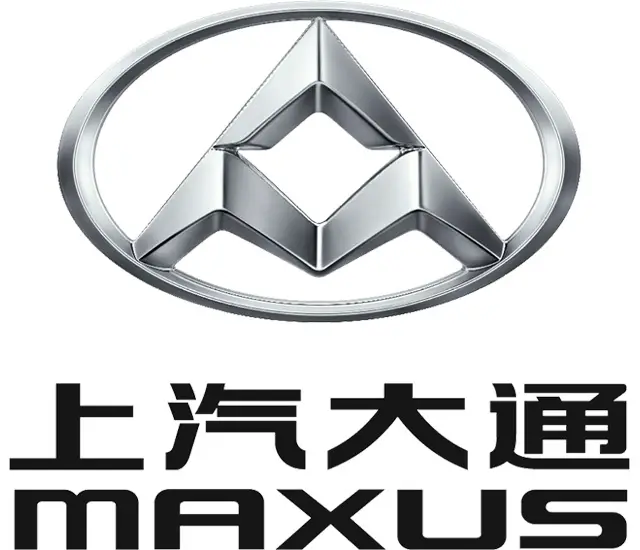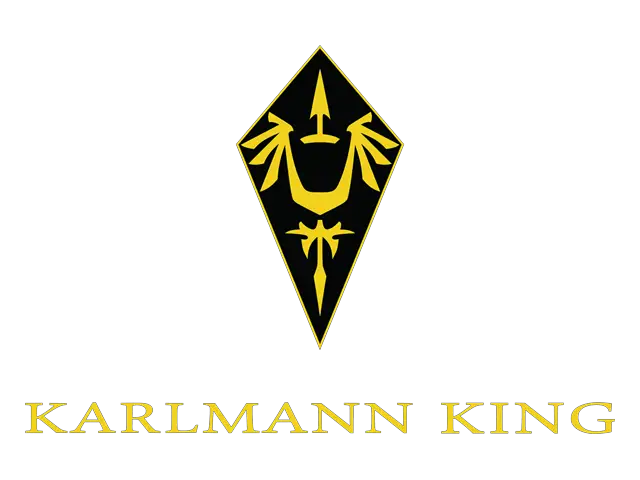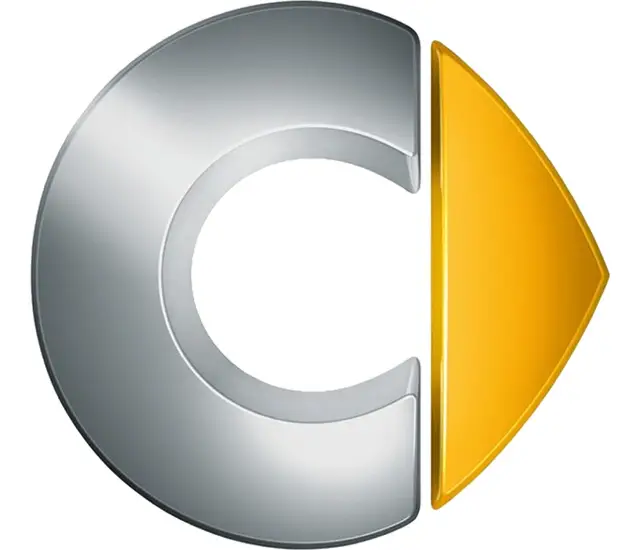gmc Logo - History, Design, and Meaning

Company Overview
GMC (General Motors Truck Company), officially known as the GMC Division of General Motors LLC, is a division of the American automobile manufacturer General Motors (GM) that primarily focuses on trucks and utility vehicles. GMC offers a range of products including pickup and commercial trucks, buses, vans, military vehicles, and sport utility vehicles marketed worldwide by General Motors.
Key Information
- Founded: 1911
- Founder(s): William C. Durant
- Headquarters: Detroit, Michigan, United States
gmc Logo Meaning and History

The company was originally founded in 1900 as Grabowsky Motor Company, but it was purchased by General Motors in 1911 and became part of their extensive family of brands as a truck manufacturer. The company was initially named 'General Motors Truck Company' until 1943, and then 'GMC Truck & Coach Division' until 1998.
The current name, simply 'GMC,' stands for 'General Motors Company'—not to be confused with General Motors, which is the parent company of this manufacturer.
What is GMC?
GMC is an American automotive company and a branch of General Motors that focuses on building trucks, pickups trucks, crossovers, motorhomes and similar vehicles. The company was originally created in 1900 but went on to join the GM family in 1911. The most popular contemporary cars include pickups Sierra and Canyon.

The original logo featured a roundel resembling a tire, with a black center outlined in thin white and surrounded by an orange layer. The center incorporated the company's acronym 'GMC' in white, framed by an orange border, with the letters having an elegant, somewhat gothic appearance.
The orange layer displayed the full name 'General Motors Trucks' in a curved sequence, with the first two words occupying the upper half of the roundel and 'Trucks' positioned at the bottom, using a standard serif font in black.

In 1947, the logo was simplified to primarily feature the acronym 'GMC' in a design similar to the previous one, but blockier and less elegant. The letters became bolder, and the 'M' had longer lines that seamlessly merged with the thick horizontal line beneath the acronym.
Below the acronym was the word 'Trucks,' written in a similar but smaller font. The entire logo was bright red.

The 1960 logo depicted their car emblem at the time, consisting solely of the acronym in overly wide letters of a simple style. The overall appearance was silver, with a textured look that included light specks and shading.
This logo was typically placed against a plain black rectangle for contrast.

In 1975, GMC adopted a cleaner look for their logo, featuring a plain red rectangle with thin white and black borders. The company acronym was placed in the center, colored white, with a new design that featured wide, angular letters resembling a simple sans-serif font.

The subsequent logo retained the previous design of the acronym but removed the surrounding rectangle, repainting the letters red with metallic-looking edges that appeared black and white in uneven patterns. The letters also featured gradual shading, giving the emblem a volumetric look.

In 2014, the shading on the letters was intensified, making them darker on average. The borders were widened, and the letters were stretched to appear broader.

The font used by GMC since the 1970s has a geometric style with squared angles and a generally wide appearance. It is not an ordinary sans-serif style; it has been chosen to evoke associations with geometry, engineering, and strict shapes. The curves in the letters are smooth and gradual rather than abrupt.

The primary color for this brand has been red since the 1940s, becoming particularly prominent in the 1970s, especially in its current moderately dark hue. Other common colors include white, black, and metallic gray in certain parts of the logo to enhance its automotive appeal.









